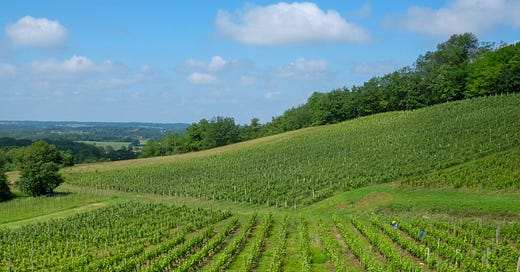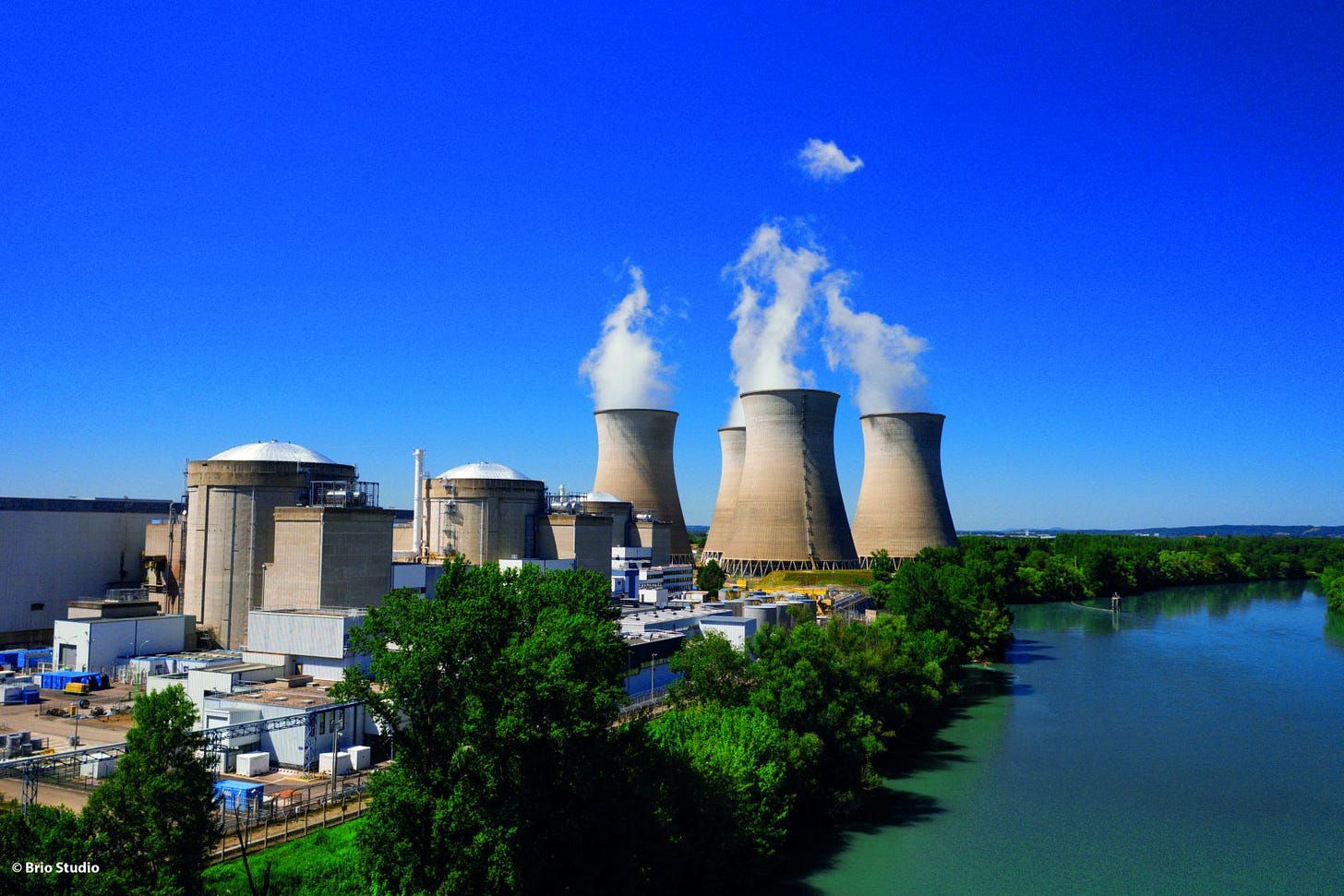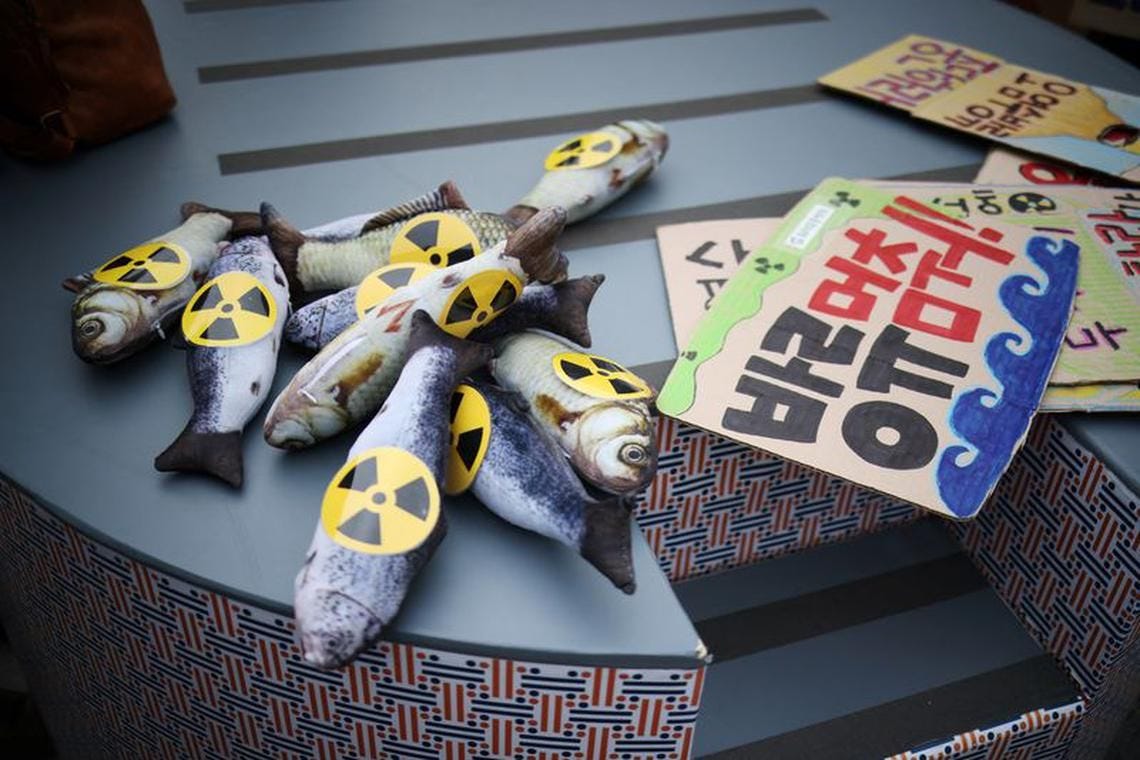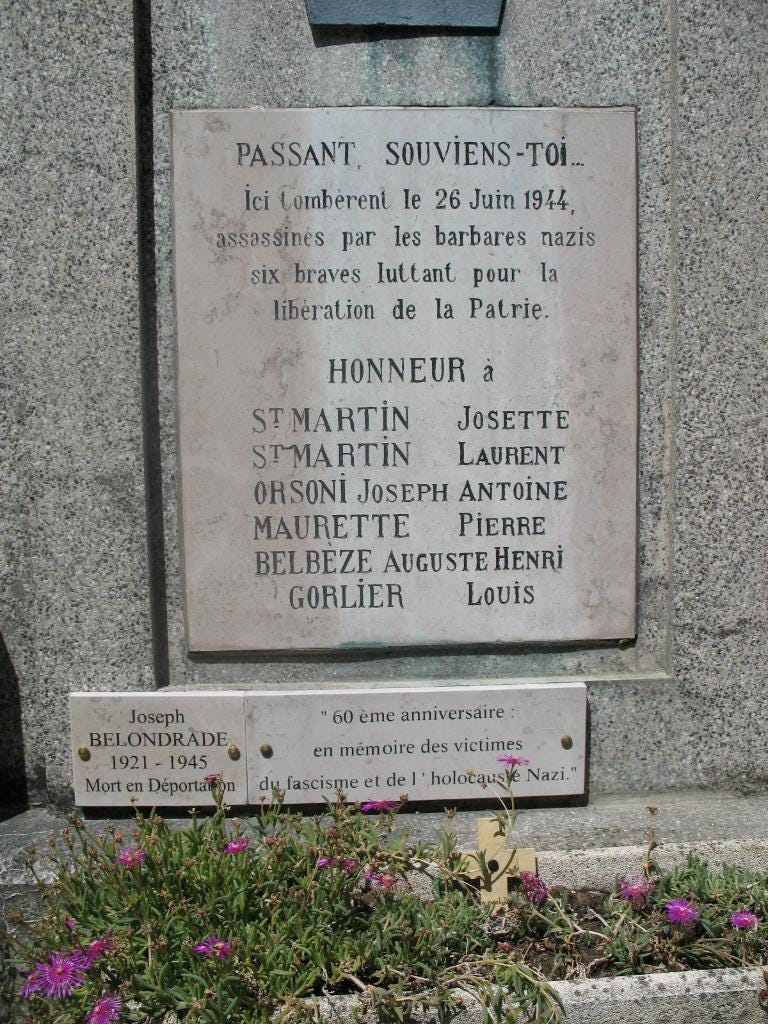Photo: The vineyards of Bugey looking over the Rhône river valley
The Parisian newspaper Le Monde wondered last year if French cars would one day be running on red wine. For several decades, the consumption of France’s most revered tipple has been in steady global decline, and there’s now a huge gap between supply and demand for vin rouge.
The great châteaux of Bordeaux and the golden hillsides of Burgundy will always have customers, but for many a less eminent producer, the prospect of converting grape juice into bio-ethanol fuel is beginning to sound less outlandish. Yet few French vineyard owners got into grapes as an alternative power source for Citroëns.
Those less eminent producers include many of the vignerons in my mountain home in south-eastern France – the department of the Ain, which boasts a single Appellation d’Origine Contrôlée (officially-approved geographical label) named for the hills and plains around the Rhône river valley between Lyon and Geneva.
The AOC in question is the Bugey (pronounced Boo-jay), mostly renowned locally for its cheap and cheerful whites, both flat and sparkling. But it also boasts an excellent red Pinot Noir that would grace any chateau decanter (it’s a Bugey-Manicle, should you ever be lucky enough to spot one).
Like most other French wine producers, the Bugistes (Boo-jeestes), as they are known, are worried about the future of their livelihoods as ever-increasing numbers of older customers sign up for Dry January and start to listen to their doctors; younger French drinkers prefer piña coladas.
Unlike other French producers, however, the Bugistes have become famous for a very different gripe (as opposed to grape). They want to change the name of their label. They believe that drinkers are associating their wine with two-headed frogs, mutant grasshoppers and radioactive fish.
What can they possibly be on about, you ask?
The answer is simple. The banks of the Rhône are also home to the Bugey nuclear power plant, one of France’s most important nuclear facilities. Its four pressurised water reactors supply electricity to 40% of the vast Auvergne-Rhône-Alpes region, reaching almost 4 million consumers.
Photo: The Bugey nuclear power plant beside the Rhône river.
Today the Bugey region is associated in France with three contrasting assets in particular: its wartime record as a hub of French resistance to Nazi occupation; its easy-drinking wines; and its critical role in providing affordable homegrown power supplies. But after a couple of minor radioactive leaks and a worrying outbreak of fire at the Bugey plant, the region’s grape-growers no longer wish to be associated with the Bugey name.
“We try to explain to potential buyers that our grapes aren’t radioactive and we aren’t in Chernobyl, but having a nuclear plant nearby with the same name is bad for our image,” declares Jean-Luc Guillon, head of the local winegrowers’ association.
This is not the first time wine and pressurised water have failed to mix. Further down the Rhône towards Marseille, vineyards belonging to the Côteaux de Tricastin AOC became alarmed by reports of leaks from the nearby Tricastin nuclear power plant. In 2010 they successfully applied to ditch Tricastin’s name in favour of a new appellation with a made-up name borrowed from a couple of local towns: Grignan-les-Adhémar. It solved the radioactive problem but baffled large numbers of Tricastin drinkers, leading to an even more pronounced slump in sales.
Yet the Bugey wine brigade is undeterred, and President Emmanuel Macron isn’t making their lives any easier. Three years ago Macron launched what he hoped would become a “renaissance” of the French nuclear industry in the wake of the gloom that enveloped the sector after Japan’s Fukushima plant was struck by an earthquake-induced tsunami in 2011.
Determined to phase out climate-unfriendly energy sources, and equally determined to secure French energy independence, Macron announced plans for the urgent construction of six new-generation pressurised water reactors. It emerged this year that two of them will be built on a Rhône river site adjacent to the Bugey plant.
France is already investing heavily in renewable sources such as wind and solar, but there’s no escaping the whiff of Chernobyl – or Fukushima – in nuclear matters. The wine-growers of Bugey were appalled. Years of debate about one-legged tadpoles were certain to follow. Bugey’s name would continue to be linked to the potential horrors of a nuclear accident.
Photo: Japanese anti-nuclear protests multiplied after the Fukushima disaster
So Guillon’s association has gone to court, not so much to preserve its good name; but to change it so no-one fears glowing green while drinking Bugey-Manicle.
The government has since launched a consultative process with public meetings at which interested parties can air their doubts or complaints about the proposed development at Bugey. In a packed hall in nearby Meximieux this month, the audience heard from speakers representing EDF, the French energy giant that runs the Bugey plant; the Geneva authority that controls flow of the Rhône river as it pours from its source in Lac Léman; sundry experts on flood, drought, melting glaciers, downstream and upstream water flow, the challenge of keeping fish out of the water sucked into reactor cooling towers, and what the river might look like in the years 2050 or 2100. Dissenting voices included emissaries from Greenpeace and the French League for the Protection of Birds.
It all went very politely, but there was a surprising reaction online to the complaints of the Bugey wine-growing association.
I’ve written several pieces previously about the heroic efforts of the French resistance in this otherwise unsung corner of France. The people of Bugey are justly proud of their region’s defiance of Nazi rule, often at fatal cost to themselves. The thickly forested hills around here concealed several brigades of renegade maquis fighters. Today the woods are scattered with poignant monuments honouring French civilians executed by “the Nazi barbarians…the Teutonic hordes” as reprisals for resistance attacks.
That anyone for whatever reason should wish to dissociate themselves from such a glorious past seems to have upset many locals, whatever their views on radioactive fish.
“Only an imbecile could associate a nuclear power plant with a bottle of wine,” declared one reader to a local newspaper. Another joked: “They should just stick a label saying “non-radioactive” on the bottle”. A third: “I’ll never buy another bottle of Bugey, if these vignerons are so reactionary in their souls”.
Even opponents of the Bugey plant were contemptuous of the winegrowers’ complaints. “They want to trick the consumer into thinking they are nowhere near (the plant),” wrote one. “That’s not very pleasant of them”.
The public debate over the proposed reactors will run until mid-May. It’s fascinating stuff, balancing hopes for safe, climate-friendly nuclear technology against the fears of nuclear demons from the past. Is Europe’s largest Mediterranean-bound river really the best place to litter giant uranium-filled pressure cookers?
Photo: The Manicle vineyard (Le Caveau Bugiste)
All I shall say for now is: grab a bottle of Bugey-Manicle while you can - and watch this space.










We have a decommissioned nuclear plant about an hour from us in central Brittany. It's still sealed off from the world, but should be ready to welcome the first Breton appellations, which are expected to emerge around the end of the century